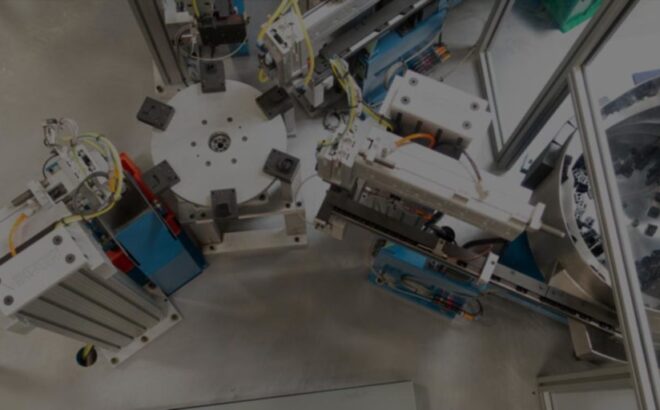
Water Management Case Study
Automation Expertise Reduces Cost, Lead-Time & Labor Nicolet Plastics designed and implemented automation to reduce…
Read More
Automation Expertise Reduces Cost, Lead-Time & Labor Nicolet Plastics designed and implemented automation to reduce…
Read More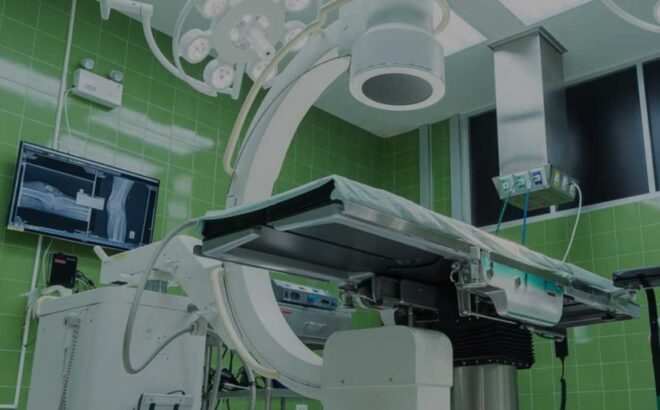
49 Parts. 1 Solution. Nicolet Plastics partnered with Invivo Corporation to produce a disposable device…
Read More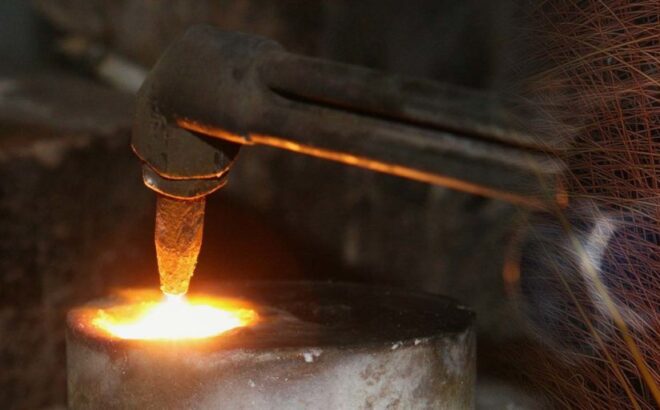
Mold Redesign Delivers Lower Costs & Lead Times When an aging molding tool was transferred…
Read More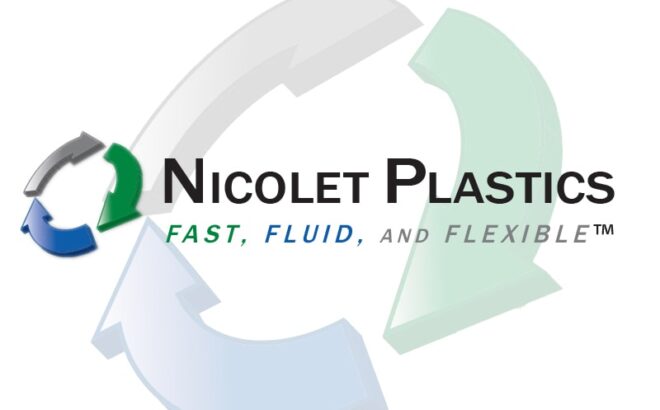
Injection molding is one of the most popular manufacturing processes in use today. It’s used…
Read More
The manufacturing industry has advanced significantly in the past few decades thanks to innovative technologies…
Read More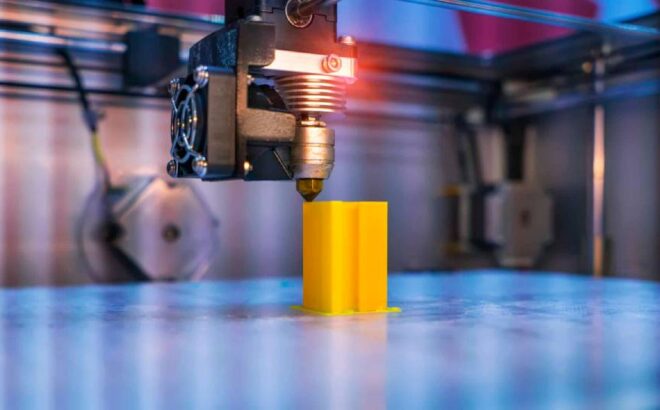
Additive manufacturing has revolutionized how we design and produce physical goods. This emerging technology enables elaborate…
Read More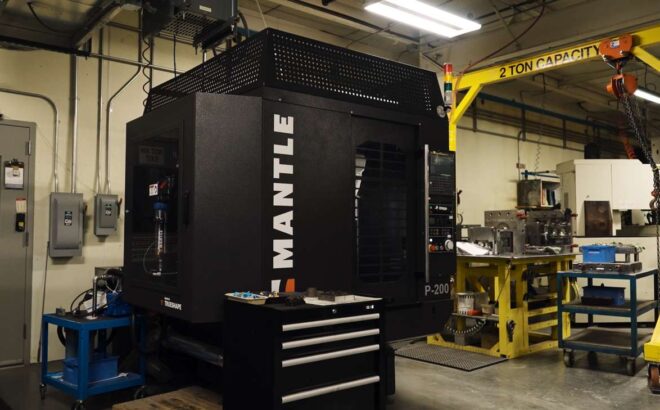
MOUNTAIN, Wisconsin — Innovation meets manufacturing as Nicolet Plastics LLC welcomes the cutting-edge Mantle 3D…
Read More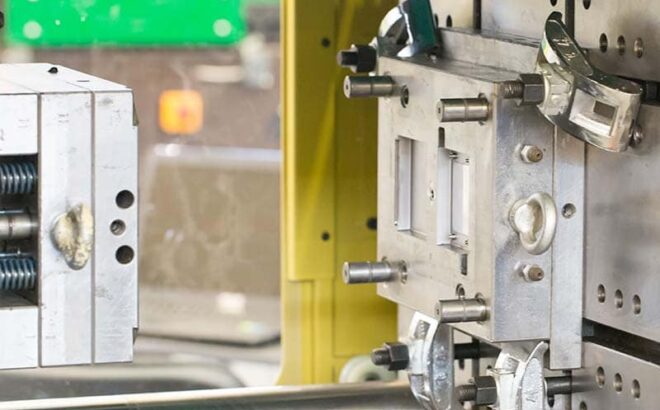
Injection mold tooling and part production can challenge even the most experienced product manufacturers. In…
Read More
The manufacturing process can be a complicated one and there are many factors to consider…
Read More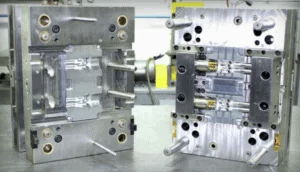
Manufacturers can spend as much on a mold that you may spend on a high…
Read More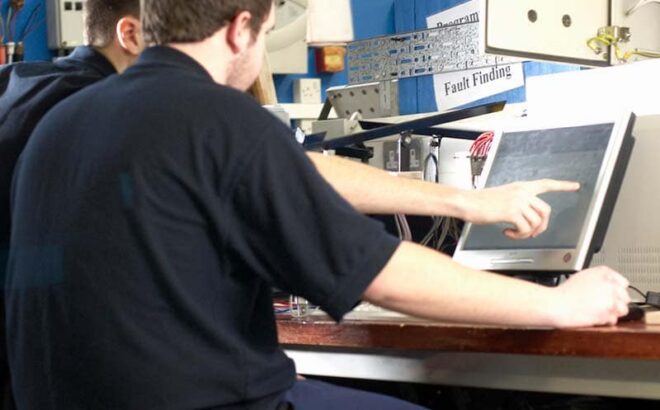
Designing a plastic part for manufacturability involves many important factors that touch on all areas…
Read More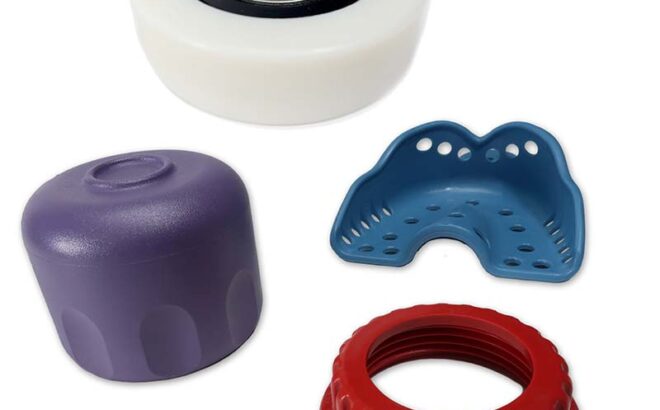
Surface finish options for plastic injection molded parts can vary a great deal depending on…
Read More